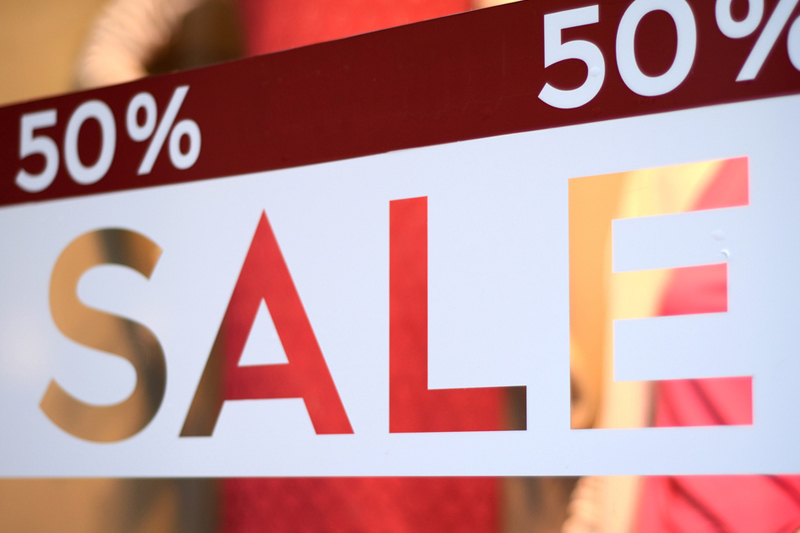Nvidia and TSMC to unveil first domestic wafer for Blackwell chips, Axios reports
Investing.com -- Wells Fargo expects U.S. holiday sales to rise between 3.5% and 4% this year, a pace that would fall just below the long-run annual average. The bank defines holiday sales as retail spending in November and December excluding autos, gas stations and bars and restaurants.
Through August, these categories were already up nearly 3% compared to the end of last year, in line with pre-pandemic patterns, with nonstore retailers leading the gains alongside health and personal care and miscellaneous stores.
The backdrop heading into the holiday season is mixed. Consumers are uneasy about their job prospects and are wary of higher prices due to tariffs. Confidence has slipped, and wage gains, particularly for lower-income households, have softened compared with recent years.
Still, Wells Fargo economists note that “most of the working age population is still drawing a paycheck,” and data through August show real consumer spending tracking a roughly 3% annualized gain for the third quarter.
On the tariffs front, while businesses have so far limited price pass-throughs out of fear of demand destruction, the economists say the holiday-spending basket and many related services are now more expensive again.
Personal care services such as hair and nail appointments, as well as restaurant meals and event tickets, have seen price growth outpace pre-2020 trends. Even toys and electronics, which had been in price decline, have recently turned higher.
At the same time, gasoline prices are down 6.5% over the year, offering some relief.
The economists also note that because sales are reported in nominal terms, higher prices will mechanically lift the headline number, meaning inflation-adjusted spending growth will come in lower than the 3.5%-4% range.
Households also pulled forward discretionary purchases earlier in the year to get ahead of potential tariff hikes, a shift that aligns with the broader move toward online shopping and mid-year promotional events. That spending pattern may leave less room for December outlays.
Wells Fargo adds that December is still the biggest month for retailers but no longer stands out as much as it used to, as digital promotions in July and October have successfully pulled sales forward.
Wells Fargo suggests gift cards may emerge as a popular option for budget-conscious consumers trying to anchor spending to fixed amounts, which could depress reported sales now but lift figures in early 2026 when cards are redeemed.
Despite the headwinds, the bank argues that persistent consumer pessimism could paradoxically support spending.
Economists highlight the idea of retail therapy, noting that households may continue to splurge “in search of comfort and a sense of normalcy around the holidays.”
Credit cards and buy-now, pay-later services could also serve as financing tools for shoppers facing weaker wage growth.
Wells Fargo’s forecast sits below the 4.7% average since 1992 and the 4.3% pace logged in the previous expansion. The firm plans to fine-tune projections once September retail sales data becomes available, delayed due to the ongoing federal government shutdown.
